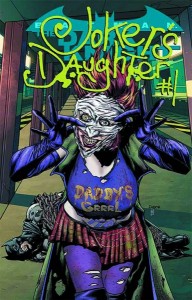 Of just about any of DC’s VIllains’ Month titles, there has been an inordinate of interest in Joker’s Daughter – the thing came out the day before yesterday and copies with the 3D cover are going for $100 on eBay, for Christ’s sake. Even I couldn’t get a copy with the 3D cover at my local comic store, where they know me by name and ask me that if I insist upon screeching that I want to see crazy girls in 3D that I do it outside where the police can hear me.
Of just about any of DC’s VIllains’ Month titles, there has been an inordinate of interest in Joker’s Daughter – the thing came out the day before yesterday and copies with the 3D cover are going for $100 on eBay, for Christ’s sake. Even I couldn’t get a copy with the 3D cover at my local comic store, where they know me by name and ask me that if I insist upon screeching that I want to see crazy girls in 3D that I do it outside where the police can hear me.
So the obvious question is whether the comic book is actually worth the interest. Sure, a lot of the demand seems to be based on the fact that DC egregiously underestimated the number of people who wanted this book with the 3D cover, Which is fine, and a prime example of the free market and supply and demand in action, but in no way addresses whether the book is actually worth reading or not: after all, 20 years ago, Todd McFarlane’s Spider-Man #1 with the polybagged chromium cover was going for hundreds of dollars for the same reason, but a lack of supply still couldn’t make that book anything but a pile of shit by a writer who gave us a legitimate hint by repeatedly showing readers the word “doom” in big letters.
Well, having a regular old 2D copy means that I can actually open and read the book, and see what’s going on on the inside. And what’s going on in there is… weird. It is supervillain origin story as goth cautionary take by way of indictment of female body image via on-the-nose Greek tragedy. And it is a difficult book to review, because I am not 100 percent sure just how I feel about it; the book is certainly more ambitious a venture than I would have expected for a character spun off from a dude whose origin is being kicked into a vat of acid, even though I think it is a long yard away from sticking the landing. And it certainly goes in an direction and tries for a complexity that I would not have expected for a character joined at the name with a dude whose M.O. is to make people laugh themselves to death.
Oh: and Joker’s Daughter beats Jesus up. So there’s that.

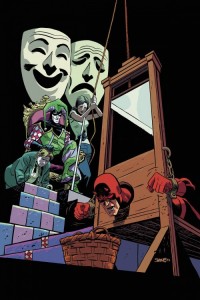
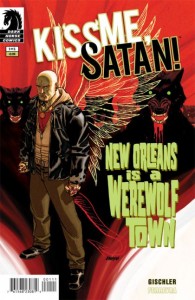
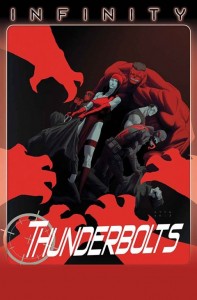
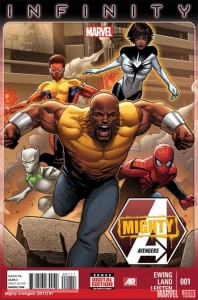
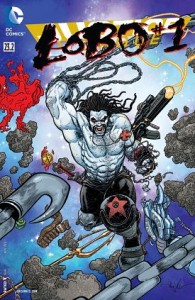
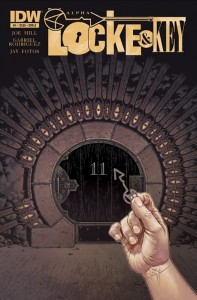
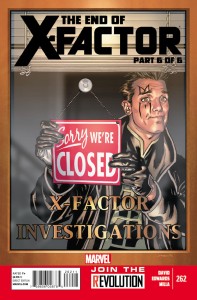
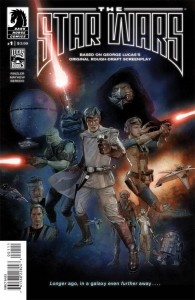
 Podcast RSS Feed
Podcast RSS Feed iTunes
iTunes Google Play
Google Play Stitcher
Stitcher TuneIn Radio
TuneIn Radio Android
Android Miro Media Player
Miro Media Player Comics Podcast Network
Comics Podcast Network